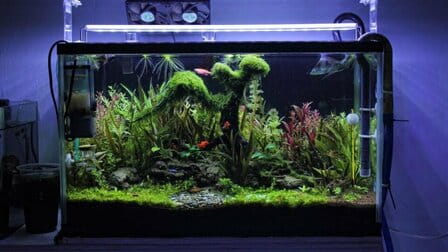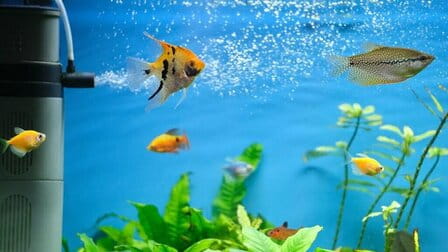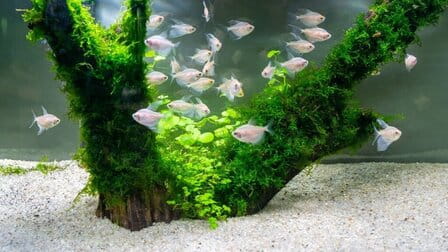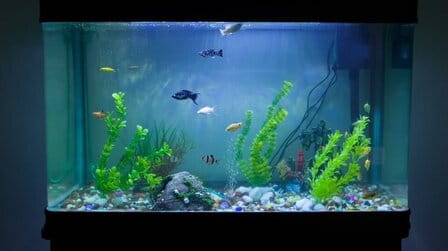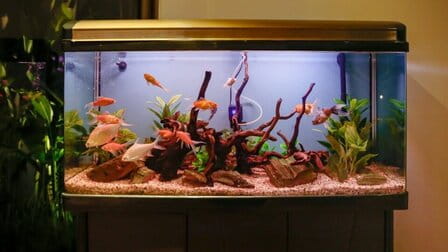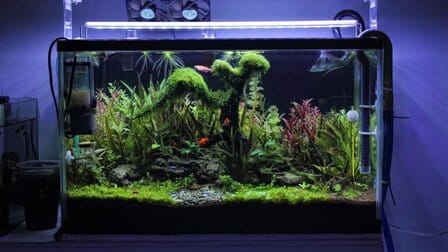Greetings, fellow aquarists and enthusiasts of aquatic life! There's something undeniably enchanting about an aquarium, with its vibrant fish, lush plants, and captivating underwater landscapes. Yet, hidden beneath this aquatic wonderland lies a crucial factor that can make or break your underwater ecosystem – water temperature. Whether you're a seasoned aquarium keeper or just embarking on your aquatic journey, understanding how to maintain the optimal water temperature is vital for the health and happiness of your aquatic companions.
In this comprehensive guide, we will delve deep into the nuances of aquarium water temperature. We'll explore the factors that influence it, methods to regulate it, and the profound impact it has on the well-being of your aquatic friends. By the end of this journey, you'll be equipped with the knowledge and tools to create a thriving aquatic environment that your fish and plants will call home.
The Significance of Proper Aquarium Water Temperature
Before we dive into the specifics of temperature control, let's take a moment to understand why maintaining the right water temperature is of paramount importance in your aquarium:
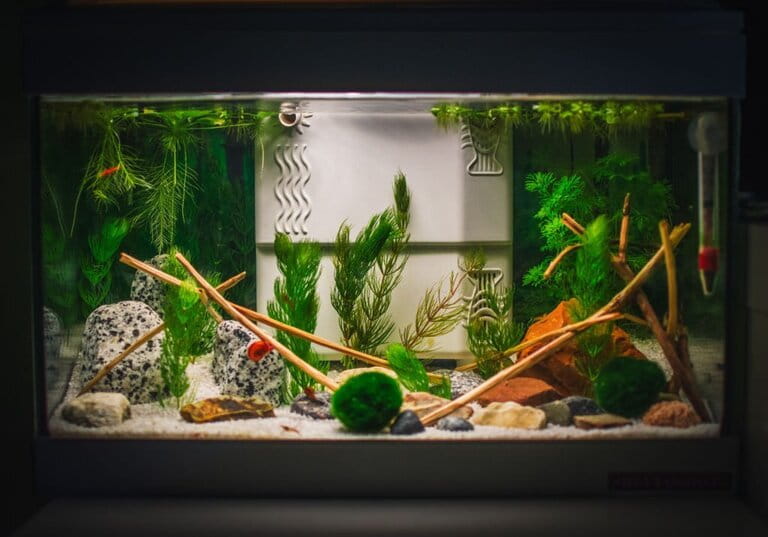
1. Health and Vitality:
Just like how we humans thrive in comfortable environments, fish and other aquatic organisms flourish when their surroundings mirror their natural habitat. Maintaining the correct temperature ensures that your aquatic pets are healthy, vibrant, and brimming with vitality.
2. Metabolic Functions:
Temperature profoundly influences the metabolic rate of aquatic organisms. The right temperature range optimizes digestion, nutrient absorption, and overall metabolic functions. This means your fish will be more resilient and less susceptible to stress and diseases.
3. Oxygen Levels:
Oxygen solubility in water decreases as temperature rises. In warmer water, less dissolved oxygen available for your aquatic creatures. By maintaining the correct temperature, you ensure an adequate oxygen supply, which is vital for fish respiration.
4. Behavior and Activity:
Water temperature significantly affects the behavior and activity levels of your aquatic pets. Fish are ectothermic, meaning their body temperature is regulated by the environment. When the water temperature is outside their preferred range, they may become lethargic, stressed, or exhibit unusual behaviors.
5. Reproduction Success:
Many fish species have specific temperature requirements for breeding. Maintaining the right temperature can encourage successful reproduction and the survival of fry (baby fish). Inconsistent temperatures can disrupt breeding patterns.

How To Keep Aquarium Water Cool
Now that we appreciate the importance of proper aquarium water temperature, let's explore how to keep it within the ideal range:
1. Choose Suitable Fish and Species Compatibility:
Your journey to maintaining the right water temperature begins even before you fill your aquarium. It starts with selecting fish and aquatic species that thrive in similar temperature ranges. Research the temperature preferences of the fish you intend to keep and ensure they are compatible with each other in terms of their thermal requirements.
2. Aquarium Heater:
For most aquariums, especially those housing tropical or marine fish, an aquarium heater is an indispensable tool for regulating water temperature. Heaters are available in various wattages, so choose one that is appropriate for the size of your tank. It's essential to use a reliable thermometer to monitor and adjust the heater's settings as needed.

3. Aquarium Chiller:
In regions with warm climates or during hot seasons, aquarium chillers can be a lifesaver for cooling the water temperature. These devices work by removing heat from the water and are essential for maintaining a stable environment, especially for coldwater and temperate fish.
4. Proper Placement:
Where you position your aquarium also plays a role in temperature regulation. Avoid placing your tank in direct sunlight or near sources of heat such as radiators or air conditioning vents. These can lead to temperature fluctuations that stress your aquatic inhabitants.
5. Considerations for Lighting:
It may surprise you, but aquarium lighting generates heat. If your tank has intense lighting, consider using energy-efficient LED lights, which produce less heat than traditional lighting systems. Additionally, adjusting the lighting duration can help minimize excess heat buildup.
6. Embrace the Power of Water Changes:
Regular water changes are a cornerstone of aquarium maintenance. They not only help maintain water quality but also contribute to temperature stability. When performing water changes, ensure that the new water matches the tank's current temperature to avoid shocking your aquatic inhabitants.
7. Aquarium Thermometer:
Invest in a reliable aquarium thermometer to monitor water temperature accurately. While traditional glass thermometers are still widely used, digital thermometers are quick, precise, and provide real-time temperature readings, making them an excellent choice for aquarium enthusiasts.
8. Temperature Controller:
For those seeking advanced temperature control, consider using a temperature controller. These devices connect to your aquarium heater and chiller, providing precise control over your aquarium's temperature. They help ensure that the temperature stays consistently within the desired range, even in fluctuating room conditions.

9. Be Mindful of Seasonal Adjustments:
Aquarium temperature management isn't a set-it-and-forget-it task. Be prepared to make seasonal adjustments to your aquarium's temperature control. Warmer summer months may require increased cooling efforts, while colder winters may necessitate higher heating settings.
10. Consistency is the Key:
The overarching principle in maintaining a healthy aquarium environment is stability. Sudden and drastic temperature changes can stress or harm your aquatic pets. Aim for gradual adjustments and strive to keep temperature fluctuations to an absolute minimum.
Conclusion: Crafting a Comfortable Oasis for Your Aquatic Companions
In your pursuit of the perfect water temperature in your aquarium, you are embarking on a noble quest to ensure the well-being and happiness of your aquatic companions. By understanding the specific temperature requirements of your fish and employing the appropriate heating or cooling methods, you can create a stable and comfortable aquatic oasis that fosters vibrant and thriving aquatic life.
May your aquarium become a haven of beauty and tranquility, where your fish and plants flourish, and where you find endless joy in observing and caring for your underwater world. Happy aquascaping!

